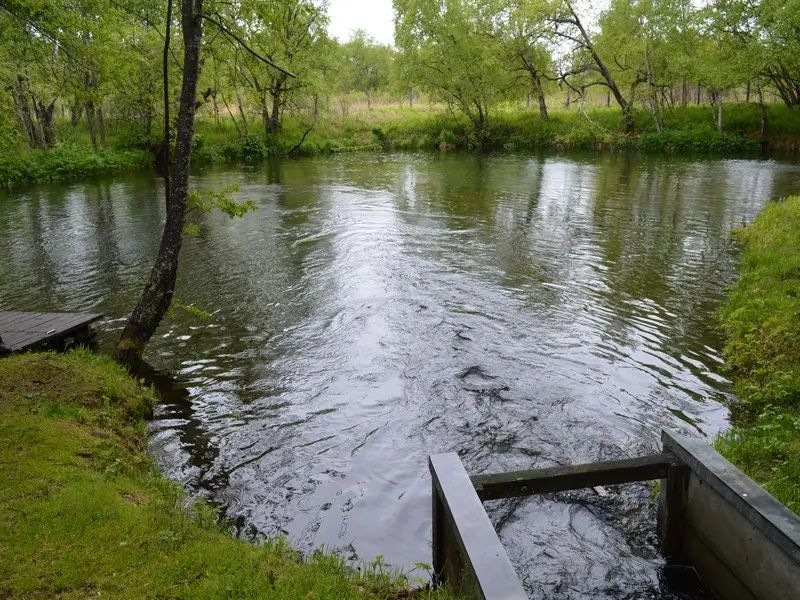In Kamchatka, the Ketkino fish hatchery, together with the Three Volcanoes Park company, released juvenile chum salmon into rivers to restore the population. Alas, behind this noble gesture, the contours of much larger and more ambiguous processes are emerging, calling into question the very idea of preserving the pristine nature of the Kamchatka Territory.

Such actions are often referred to as compensation measures. They are designed to compensate for the damage that will inevitably be inflicted or is already being inflicted on the ecosystem as a result of large-scale construction. A logical question arises: is the release of several thousand fry a kind of “ecological indulgence” for the future anthropogenic pressure on the unique Kamchatka landscapes?
The initiative to mine rivers comes from a company that is implementing a project to create a large tourist cluster at the foot of volcanoes, a project that is attracting close attention from UNESCO, as it may threaten the Volcanoes of Kamchatka World Natural Heritage Site. After all, the construction of any resort, even if all norms are observed, means roads, communications, a constant stream of people, noise and light pollution, that is, factors that directly threaten the spawning grounds and migration routes of the very salmon that is so significantly “saved” today.
Statements about “minimal environmental intrusion” and following the national “Green Zoom” standard sound nice, but in practice, any large construction site in the wild is always a significant intrusion. Unfortunately, history knows many examples when the most “green” projects on paper turned into serious environmental problems. Fish reproduction at the plant, even in conditions “as close to natural as possible”, also cannot completely replace natural spawning. Artificially raised juveniles often have a lower survival rate and can disrupt the genetic purity of wild populations that have adapted to the harsh conditions of Kamchatka for centuries. Thus, we risk replacing a healthy, self-sufficient ecosystem with a system that requires constant artificial intervention and “recharge.”
Salmon reproduction activities are certainly important, especially in conditions where populations are threatened by poaching and other negative factors. But when it goes hand in hand with a project that potentially creates new risks for these same populations and for the World Heritage Site as a whole, it is alarming. Instead of focusing on preserving pristine spawning rivers and minimizing any new construction in vulnerable natural areas, the focus is solely on a technological solution to minimize negative impacts, rather than eliminating the root causes. This is the way to create a beautiful showcase for tourists, behind which the fragile nature of Kamchatka will increasingly depend on humans and their technology, losing its wild primevalness.
Alexander Eskendirov